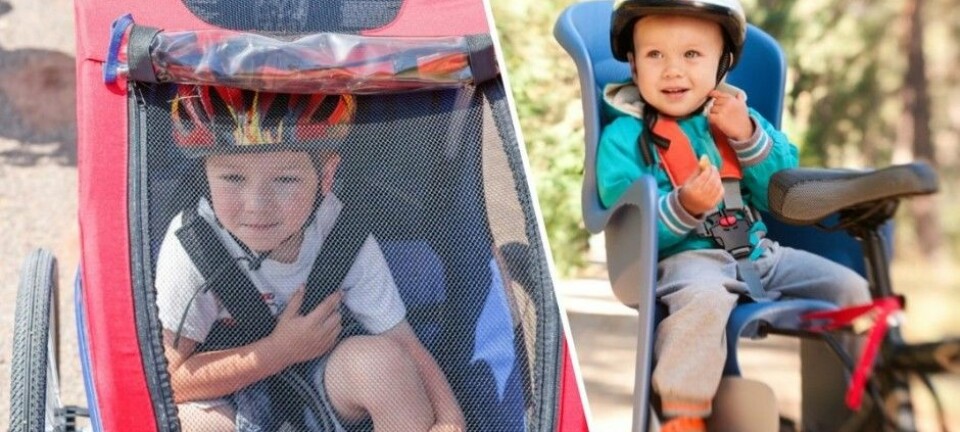
Electric bikes score well in head injury test
Swedish researchers have used crash-test dummies to determine whether head injuries from accidents vary according to bicycles types.
The Institute of Transport Economics (TØI) estimates that some 5,000 severe bicycle accidents occur in Norway annually. Most of these do not involve moving objects – like cars and trucks and pedestrians – out there in traffic.
Bike accidents generally injure arms and legs. But everybody’s big fear, of course, is a heavy blow to the head.
The Swedish National Road and Transport Research Institute (VTI) has now investigated whether types of bicycle and types of accidents have effects on how hard human skulls get pounded in accidents.
Low centre of gravity
Researcher Anna Niska and her colleagues sent dummies off on four different types of bicycles arranged for various types of crashes at several velocities.

“What surprised us the most was the electric bicycle,” said Niska to the Swedish TV broadcaster SVT Nyheter Öst.
“It is heavier and has a different centre of gravity so it reacted differently,” she explained.
They experienced this performance particularly for the worst accidents regarding head trauma, a sudden stop of the front wheel. The cyclist risks flying over the handlebars. But the heavy battery pack on electric bikes reduces this risk.
From the crucial perspective of the human skull – a perspective we all share – the common men’s bike or hybrid bike causes the most concern. “The cyclist sits leaned forward over the handlebars and this increases the tendency for heads to hit the ground first, especially when speeds are higher,” write the researchers in a press release.
Sudden stop worse than quick turn
Hips and shoulders are the most vulnerable body parts on the classic women’s bike with an open frame. Especially at low velocities.
Probably not all that surprising: A sudden front wheel stop raised the risk of head trauma when compared to falls to the side caused by a sudden turn of the front wheel.
The Swedes also tested a reclining bicycle – the type where the cyclist lays down nearly at ground height. In general, these only get into modest spills. “But in a sudden stop at high speed they showed a risky tendency to catapult the cyclist in a launch over the handlebars, which causes as severe a blow to the head as the other cycle types,” they wrote in their press release.
-------------------------------------
Read the Norwegian version of this article at forskning.no
Translated by: Glenn Ostling
Scientific links
- Niska and Wenäll: Cykelfaktorer som påverkar huvudskador. [Cycle factors that impact head injuries] The Swedish National Road and Transport Research Institute, report 931, May 2017.
- Sørensen and Høye: Sykler, sykkelutstyr og barnetransport på sykkel, [Bicycles, cycle equipment and transporting children on bikes] in a traffic safety manual, TØI, 2013.









